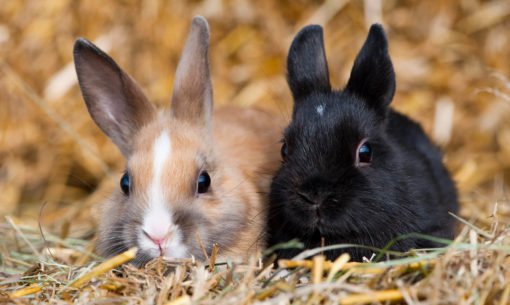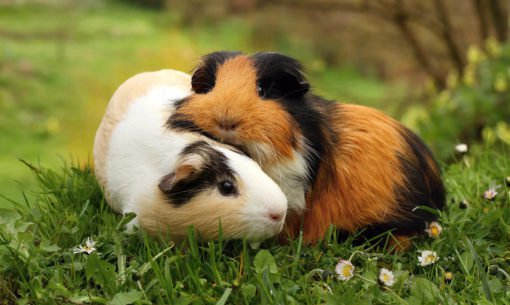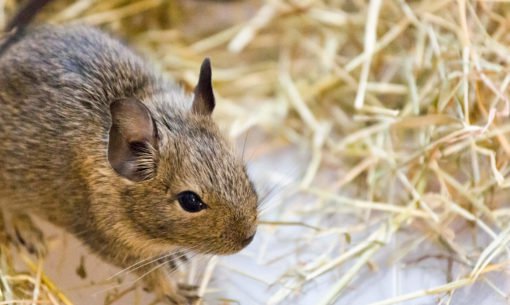Chinchilla FAQs
Looking for answers to your questions about chinchillas? Have a read through our FAQs to find the facts you’re looking for.
Can chinchillas live outside?
Chinchillas should be housed in a large, indoors enclosure as they don’t cope well with temperatures that are too cold or too hot. The ideal temperature range is around 10-18C and their housing should be dry and well-ventilated, but not draughty. It is best to avoid noisy areas of the house, including anywhere with a TV or sound system as the vibrations from these can make chinchillas stressed.
What do chinchillas eat in the wild?
Chinchillas originate from the Andes Mountains in northern Chile. They are herbivorous, and in the wild these plant-based eaters would munch on twigs, roots and stems as well as grass and leaves. This means pet chins need a diet with plenty of high-quality fibre to help support a healthy digestive system and prevent overgrown teeth. We also use tasty linseed in our chinchilla diets, to help keep their soft coats in tip top condition.
Why do chinchillas need sand baths?
Chinchillas love a sand bath, and it is important for them to be able to express this natural behaviour. It’s also essential for keeping their skin and fur healthy. Chins have super soft coats; thanks to the fact they have 80 hairs per follicle. Always use a fine, specialist chinchilla bathing sand and replace this weekly. Normal sand or sawdust are not safe alternatives, as they can cause damage to your pet’s eyes.
Interested in more pet frequently asked questions?
Try our tasty pet foods today!
Pets devour over 200 million portions of our pet food and treats every year. If your pet hasn’t tried our food yet, you can find out more about our irresistibly tasty small pet food and treats here.



